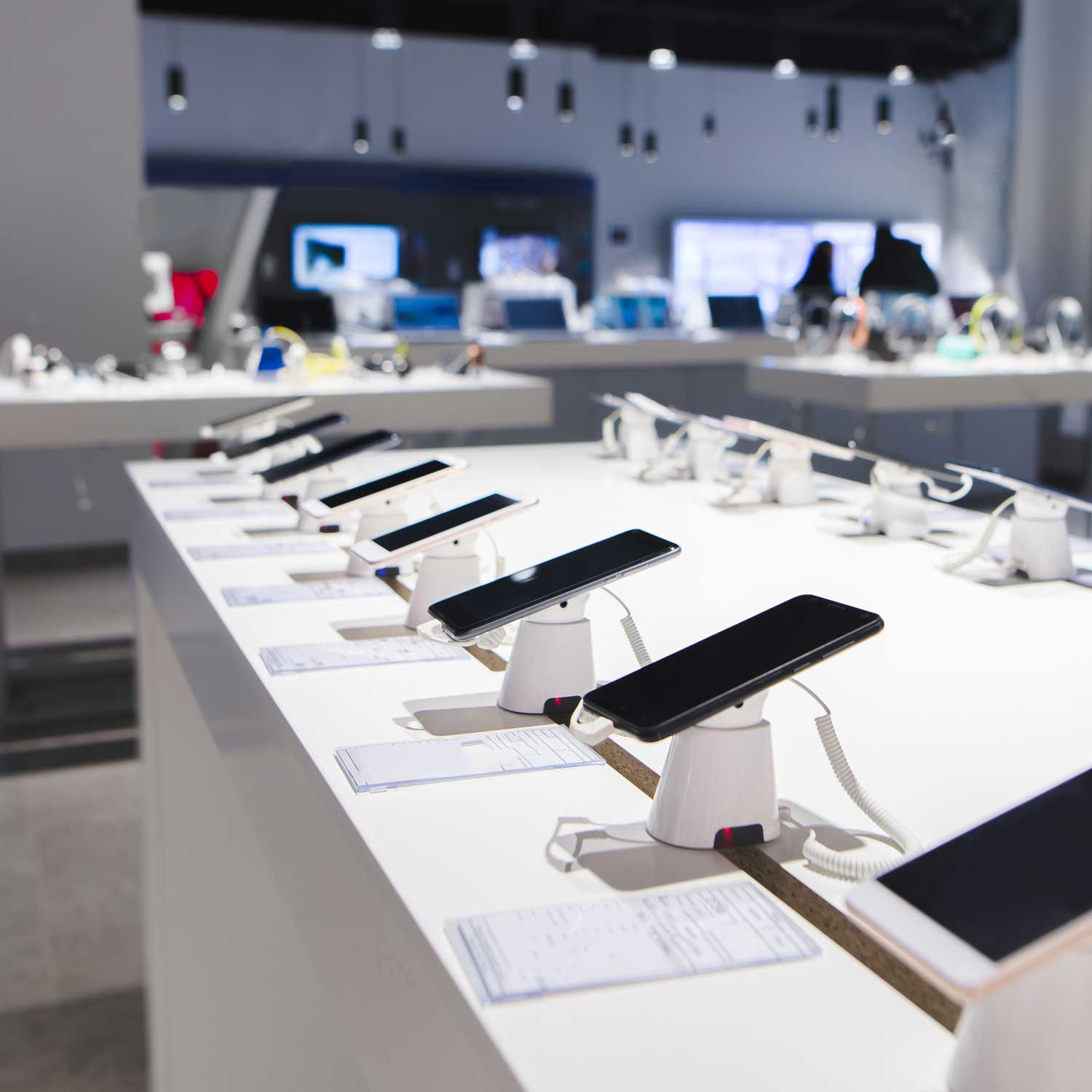Mobile network operators (MNOs) need to consider several factors when offering device financing to grow revenues.
Device type
They need to determine the types of devices to offer; for example, a high-end or mid-range device. Furthermore, they need to understand what type of handset brand their customers want and require financing for. Whilst also considering what types of controls and security come as standard on these devices.
Tools and controls
Similarly, they need to know what additional controls and mechanisms can be used on these devices to prevent customers defaulting on payments.
Backend integration
Integration with the backend billing system also needs to be considered as different devices and OEMs have different methods of messaging and communicating. Many backend systems, particularly those in emerging markets, still rely on manual processes, while those in established markets where labour costs are higher are far more automated and sometimes cloud based.
Time to market
The time involved in bringing a device to market on a finance basis also needs to be considered. For some operators, particularly those with over-the-air (OTA) activation and zero touch capabilities, this can be rapid.
However, for those wanting to customise devices, it can take a little longer.










